What is GNSS & its new toll rules of 2024
The government is continually working on improving transportation systems. Recently, a new toll tax system was introduced that allows tolls to be collected without requiring vehicles to stop. This system will be satellite-based.
Currently, FASTag is widely used, and it has brought about significant changes in toll collection. However, the new system promises to be faster and more convenient than FASTag. Under the new rules, tolls will not be collected within a 20 km radius.
This satellite system aims to make toll collection more efficient and fast, aligning with India’s digital services. Let’s explore the latest satellite-based system and the updated tax rules for tolls.
Toll Plaza & Old Tax Rules
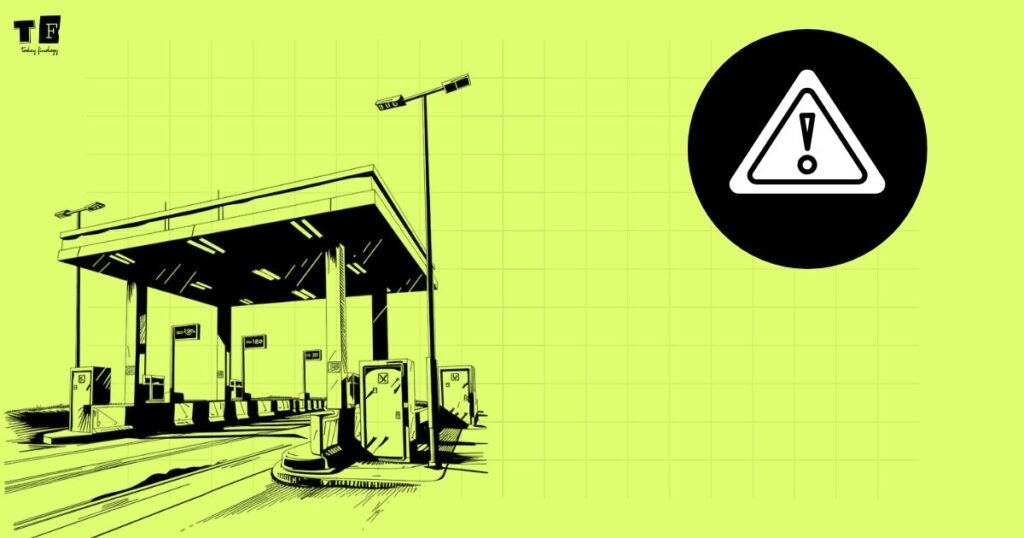
A toll tax is a fee collected from vehicle drivers to help maintain and construct highways, expressways, tunnels, and bridges. The amount of toll tax varies based on the vehicle category, and each category has its own tax rate. The primary purpose of collecting toll taxes is to cover the costs associated with constructing and repairing these roadways.
In the past, when technology was less advanced, toll collection often led to significant fraud and long wait times for drivers. However, the introduction of FASTag has significantly improved this system, allowing drivers to bypass lengthy lines and wait times.
Currently, India has 599 highways and approximately 44 expressways, generating significant revenue from tolls. The FASTag system has streamlined toll collection and made traffic management much easier. The government is also planning to implement a fast, state-of-the-art GNSS-based system that will enable drivers to experience non-stop toll deductions across the network, resulting in a more convenient and efficient experience for everyone.
Global Navigation Satellite System (GNSS)
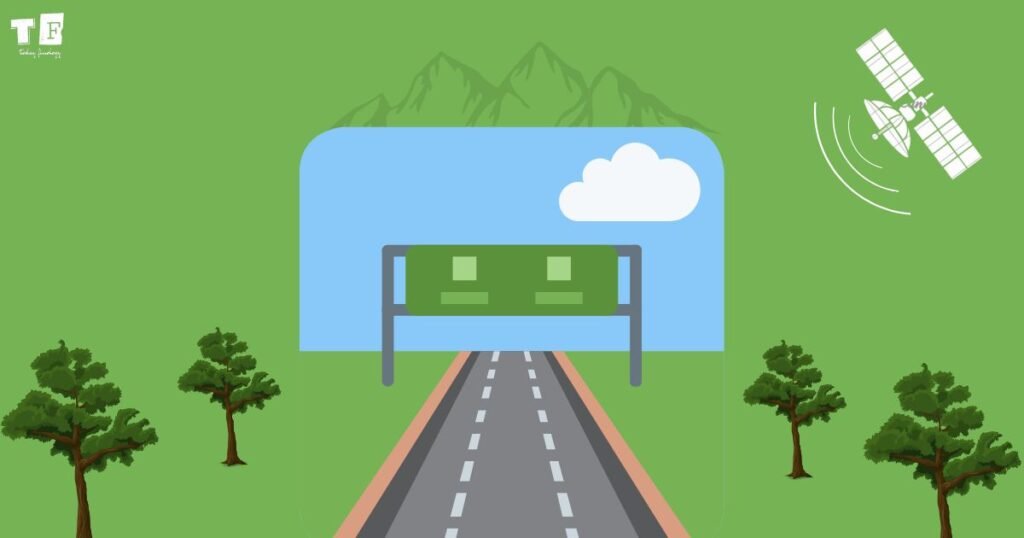
NHAI (National Highway Authority of India) has implemented new rules for GNSS i.e. Global Navigation Satellite System, according to which you will not need to stop at toll plazas repeatedly. This system will be satellite-based, according to which if you travel a distance of less than 20 kilometres on any toll road, expressway, bridge or tunnel, then no toll tax of any kind will be collected from you.
That is according to this system, a toll will be taken from you according to the distance covered by you. This system will be satellite-based and GPS will track the entire data. Now you will be charged neither more nor less toll because it depends on how much you use the toll road. GNSS is many times more advanced than the previous rules and will prove to be a boon for transportation because, in the future, it will help a lot in controlling transportation, understanding vehicle data and preventing wrongdoings.
According to this system, a device called OBU (On-Board Unit) will be installed in every vehicle under which the payment will be collected. This device will also have the facility of a panic button in case of an emergency under which police or other medical help will be provided. This system will replace Fastag in the coming few years and will remove booth-less highways i.e. toll booths across India, which will provide non-stop toll tax facility to vehicles.
Wrong Lane: Double Toll
As the government is going digital for toll tax, it has become necessary to have GPS in your vehicle somewhere and in such a situation, the government has also told that there will be a separate lane on every toll and expressway for the GNSS system. Will be made. If any driver whose vehicle is not fitted with GPS enters the GNSS-based lane, then double the toll will be charged. That is why now according to the changing rules, you will also have to be updated and must install GPS. Like FASTag, this system will also deduct the toll directly from your bank account, hence after the complete implementation of this system, enter the GNSS lane only if your vehicle is fitted with GPS, otherwise you may have to pay double the toll.
Read Also:
Apple: iPhone 16 features || How Apple became a giant Tech Company?
How will the toll be deducted through GNSS?
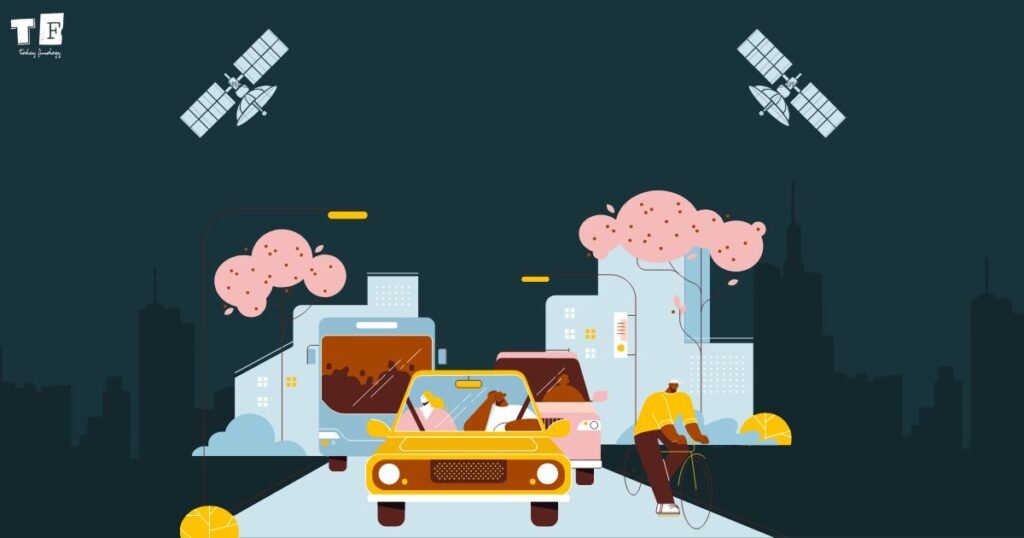
If you are familiar with FASTag, you’ll know that as soon as you reach a toll, the fee is automatically deducted from your bank account. Similarly, the GNSS system will collect tolls using this model. This new system will be significantly more advanced and faster, as it will utilize satellite data to ensure extremely quick and secure transactions.
FASTag operates on Radio Frequency Identification (RFID) technology, which has certain limitations. In contrast, the GNSS system will involve the installation of On-Board Units (OBUs) in vehicles. Each vehicle will be assigned a unique identity, allowing it to be recognized within the system. These OBU devices will be available on the Transport Ministry’s website. Through these units, the distance traveled by your vehicle will be calculated, and toll fees will be charged accordingly.
Currently, this system hasn’t been implemented throughout all of India. It’s worth noting that although FASTag was introduced nearly a year ago, it hasn’t reached every Indian, and it has taken many years to establish GNSS completely. Therefore, FASTag will remain in use until the GNSS system is fully implemented.
Will there be no toll booths?
In every country, toll booths have been used for collecting tolls. With the introduction of the GNSS (Global Navigation Satellite System), people are wondering whether toll booths will remain or be removed. We would like to clarify that once the GNSS system is fully implemented, toll booths will be completely eliminated across the country.
Under the GNSS system, every vehicle will be equipped with a device known as an OBU (On-Board Unit), which will handle toll collection. However, it will take several years for this system to be fully established in a large country like India. Until the OBU devices are installed in every vehicle, tolls will still be paid through FASTag, and toll booths will remain in operation. Once the GNSS system is fully operational, the government plans to remove all toll booths nationwide.
What is the difference between GNSS & FASTag?
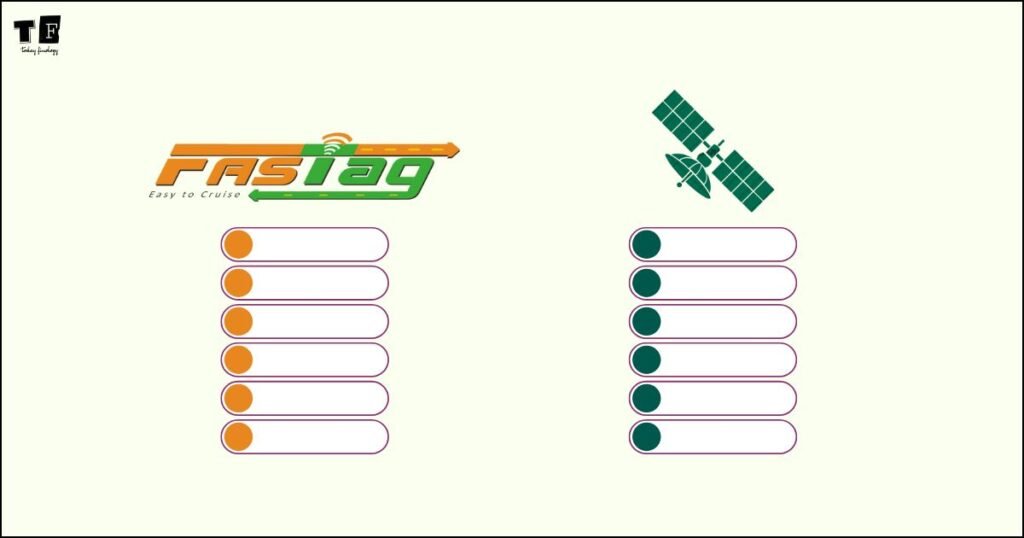
When comparing GNSS and FASTag, there are significant differences between the two, as well as some minor ones. The primary distinction is that the new model will be implemented alongside GNSS and FASTag, with FASTag serving as the main system within GNSS.
GNSS (Global Navigation Satellite System) is a satellite-based system that does not require physical stations. In contrast, the current toll system relies on FASTag, which necessitates the installation of physical stations to deduct tolls, although the payments are processed online through banks.
FASTag was an innovative model that introduced advanced technology compared to the previous toll systems, effectively addressing various issues. Now, the government aims to enhance the system further with GNSS to enable smoother traffic management.
Let’s explore the differences between GNSS and FASTag.
| GNSS | FASTag |
| GNSS is a satellite-based system which will not require a physical toll booth | However, FASTag requires a physical toll booth |
| GNSS is a satellite-based system which will not require a physical toll booth | In this, the toll is charged as per the normal model |
| In this, the toll is charged as per the normal model | In this system, the toll will be charged as per the distance travelled by you |
Conclusion
The introduction of a GNSS-based toll collection system marks a significant change in India’s transport system. This satellite technology, utilizing FASTag, will eliminate the need for vehicles to stop at toll plazas, making toll payments easier and reducing traffic congestion.
With this system, toll fees will be charged based on the distance travelled, providing a more beneficial and convenient experience than before. Each vehicle will be equipped with an On-Board Unit (OBU) to monitor travel, which will include a panic button for emergencies, demonstrating the government’s commitment to safety and convenience.
This satellite system will make toll collection more efficient and faster while aligning with India’s digital services. Under the GNSS system, drivers will need to install GPS in their vehicles to avoid fines and take full advantage of this seamless facility. Overall, the GNSS system will contribute to safer roads and easier travel in India.
If you found this information helpful, please share it with your friends and family!
FAQ
What is OBU in GPS?
OBU (On Board Unit)
What is GNSS?
Global Navigation Satellite System
Will toll gates be removed?
After the GNSS system is fully installed, toll booths will be completely removed from the country
Who owns toll booths in India?
NHAI (National Highway Authority of India)
Also Read:
Bajaj Housing Finance Share: IPO listing, Share growth
Discount on Tata EV Cars- TATA Curvv EV, TATA Punch EV, TATA Nexon EV, TATA Tiago EV, TATA Tigor EV
What impact will the violence in Bangladesh have on the Indian economy?


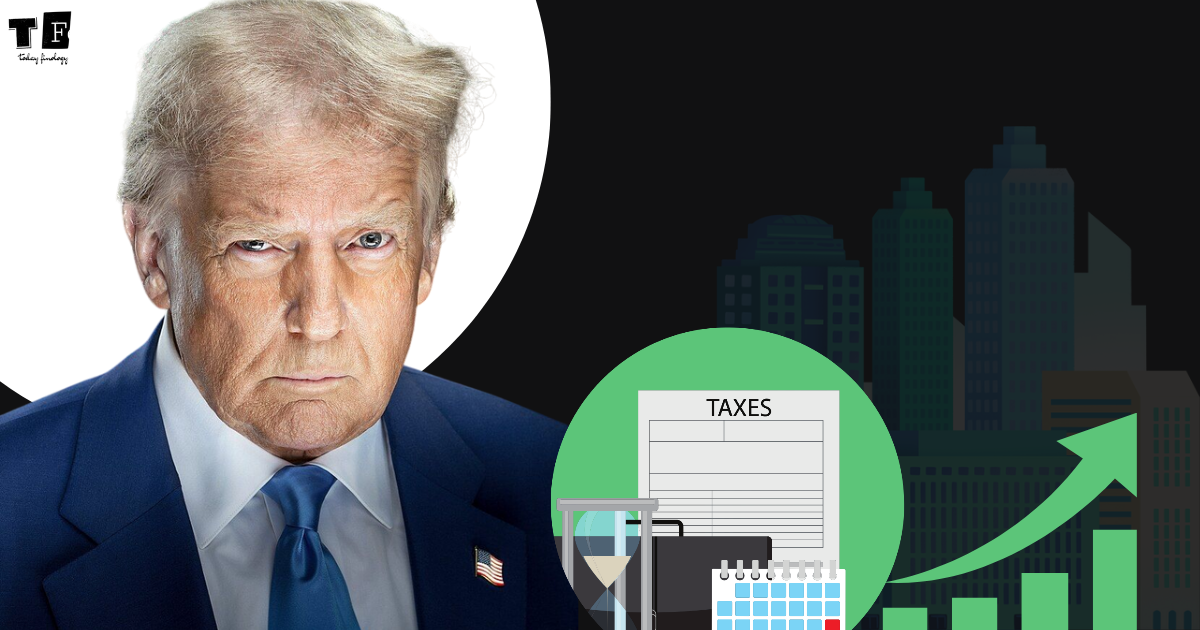












4 comments